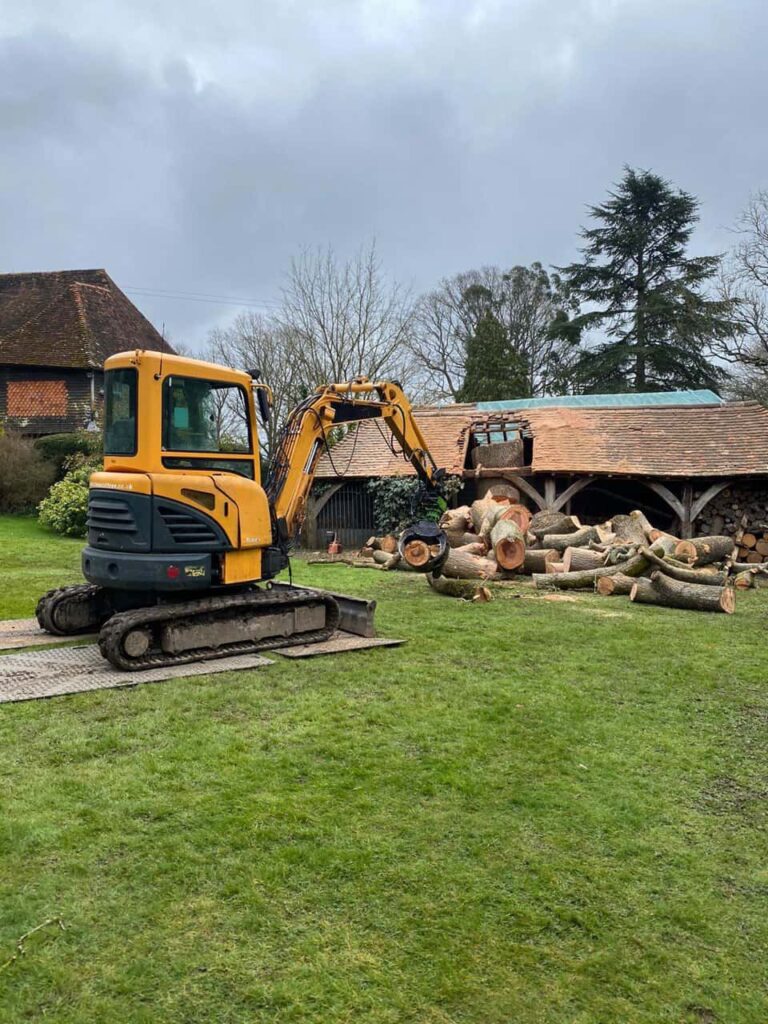Tree Surgery for Disease Control: What to Expect
Trees are a vital part of our environment, contributing to the beauty of our landscapes and providing essential benefits such as clean air, shade, and wildlife habitat. However, just like any living organism, trees can fall victim to diseases that threaten their health and longevity. Tree surgery for disease control is an important service that helps maintain the vitality of your trees. In this article, we will explore what to expect from tree surgery focused on disease control, the common tree diseases you might encounter, and how professional tree surgeons can help.
Understanding Tree Diseases
Tree diseases can be caused by a variety of factors, including fungi, bacteria, viruses, and environmental stressors. Common symptoms of tree diseases may include:
- Discolouration: Leaves may yellow, wilt, or drop prematurely.
- Fungal Growth: Mushrooms or other fungi may appear at the base of the tree or on the trunk.
- Cankers: Sunken areas on the bark can indicate disease.
- Bark Decay: Soft or crumbling bark can signal internal decay.
- Dieback: Stunted growth or dead branches may indicate severe health issues.
Recognising these symptoms early is crucial for effective treatment and can often prevent further damage.
The Importance of Professional Tree Surgery
When disease is detected, professional tree surgery becomes essential. Here’s what you can expect from the process:
- Initial Assessment: A qualified tree surgeon will conduct a thorough inspection of the tree to determine the type of disease present and assess the overall health of the tree. This evaluation will include examining the trunk, branches, and root system.
- Diagnosis: Once the assessment is complete, the tree surgeon will provide a diagnosis. They may take samples for laboratory testing to identify the specific pathogen affecting the tree. Understanding the exact cause of the disease is vital for determining the most effective treatment.
- Treatment Options: Based on the diagnosis, the tree surgeon will outline treatment options. This may include:
- Pruning: Removing infected branches to prevent the spread of the disease.
- Fungicide Application: Treating the tree with fungicides to eliminate fungal infections.
- Soil Treatment: Improving soil conditions to strengthen the tree’s health and resilience.
- Support Systems: Installing supports or braces to stabilise the tree if necessary.
- Preventive Measures: The tree surgeon may also recommend preventive measures to help protect your trees from future diseases. This could include regular maintenance, proper watering practices, and periodic inspections.
- Follow-Up Care: After treatment, follow-up care is crucial for the tree’s recovery. The tree surgeon may schedule regular check-ups to monitor the tree’s health and adjust treatments as necessary.
Conclusion
Tree surgery for disease control is an essential service for maintaining the health and longevity of your trees. By understanding what to expect from the process, you can be better prepared to tackle any tree-related issues that may arise. If you notice any signs of disease in your trees, it is important to act quickly. Long Eaton Tree Surgeons are here to provide expert assessments and treatments tailored to the specific needs of your trees. Contact us today to ensure your trees remain healthy and vibrant for years to come.
Call us on: 0115 647 3811
Click here to find out more about Long Eaton Tree Surgeons
Click here to complete our contact form and see how we can help with your trees needs.

